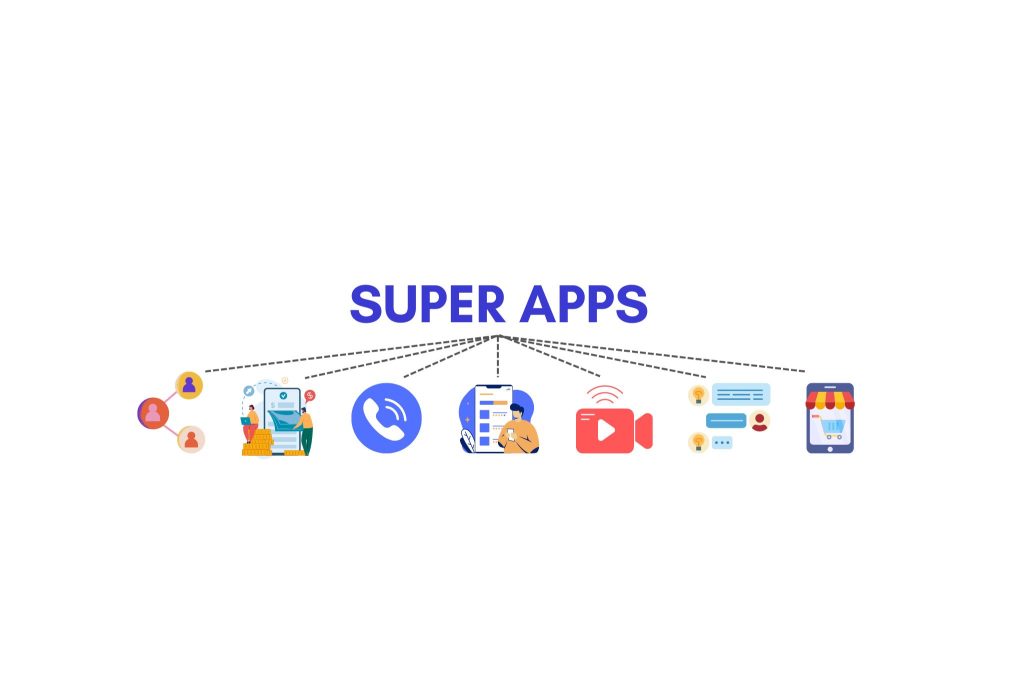How To Validate Your Startup Idea
When a new entrepreneur is looking for ideas on how to validate his startup idea, the first thing he should do is understand the difference between being evaluated and being funded. Money is generally the most straightforward way to move up the startup ladder as an entrepreneur. However, investors are not willing to risk their money on your startup because of the likelihood of failure. So, this would be your first big break as an entrepreneur. How do you go about getting funding for your startup idea?
When looking at potential funding sources, you shouldn’t focus too much on the monetary rewards you can provide. It would be best if you highlighted the opportunity they have to help you validate your startup idea. For example, if you want to obtain a loan from a venture capital firm, you need to highlight your business’s unique selling points. It would help if you showed potential lenders why your business would stand out from the rest. It is also important that you prove that your business can produce significant profits in the near future. In this blog, we will explore the process of validating your startup idea, step by step, with practical advice and strategies to increase your chances of success.
The Significance of Idea Validation
Prior to embarking on the process of validation, it is imperative to comprehend the fundamental importance of validating your startup idea. Validation serves the following purposes:
- Risk Mitigation: By identifying potential flaws or weaknesses at an early stage, one can circumvent costly errors and failures.
- Investor Attraction: A validated idea is more likely to captivate investors and secure funding.
- Time and Resource Conservation: By avoiding investment in ideas that lack market viability or customer demand, one can save valuable time and resources.
Identify Your Target Audience
Identify your target audience
Begin by identifying your target audience, providing a clear definition of their demographics, preferences, pain points, and needs.
Conduct Market Research
Utilize surveys, interviews, and online research to collect data on the behavior and preferences of your potential customers.
Test Your Value Proposition
Develop a concise and compelling value proposition that effectively communicates how your product or service resolves a specific problem or fulfills a need. Create a Minimum Viable Product (MVP) Construct a basic version of your product or service that showcases its core functionality. Gather Feedback Share your MVP with a select group of potential customers and gather feedback to ascertain whether it adequately addresses their needs and pain points.
Analyze the Competition
Conduct thorough research on your competitors to gain insight into their strengths, weaknesses, and market positioning. Differentiation Strategy Determine how your startup idea can distinguish itself from competitors and offer a unique value proposition.
Assessment of Financial Viability Establish a Financial Model:
Construct a financial model that provides an estimation of your startup’s expenditures, revenue forecasts, and profitability. There is no question that there are risks involved in starting your own business. So when looking at how to validate your startup ideas, you must first weigh the costs and benefits of doing so. For instance, if your startup idea requires a significant amount of capital, you should find a way to secure a loan. It can be from angel investors or venture capitalists. Once you secure a loan, you will be able to focus on building your company.
Conduct Pricing Strategy Trials: Conduct experiments with various pricing models to determine the willingness of customers to pay.
Creation of a Landing Page or Website Develop a Landing Page:
Website building:
Create a straightforward website or landing page that showcases your startup concept and encourages visitors to register or express interest.
You can obtain a valuation for your business right away. All you have to do is visit a local valuation company’s website and fill out a simple application. The valuation will provide you with several details regarding your business. The valuation will include the annual operating revenues, the market share percentage, and your estimated cost to start the business. Likewise, the cost of purchasing and advertising your business and the amount of time it would take you to recoup your investment.
Evaluate Conversion Rates:
Monitor the number of visitors who take action on your landing page, such as subscribing to updates or providing their email addresses.
Pursue Validation Metrics KPIs:
Another method of validating your startup ideas is by engaging in different idea validation methods. The most popular ones include metrics, market surveys, interviews, and consumer opinions. By using these methods, you can prove to investors that you have a viable solution that solves a particular problem. While it may take some time before you can actually get a loan from venture capitalists, eventually you will get one. But, for now, you must start somewhere. Define crucial metrics that indicate the success or failure of your idea, such as user registrations, conversion rates, or customer feedback scores.
Establish Benchmarks: Set benchmarks based on industry standards or competitors performance to assess your performance.
Iterate and Refine Listen to Feedback:
Continuously gather and analyze feedback from potential customers, making necessary adjustments to your idea. Based on the data and feedback, make a decision on whether to change direction or continue refining and developing your idea.
Also, There are other ways to validate your startup idea. One way is to search the internet and check out what other similar businesses have done. Although you should not base your startup idea on what other successful companies have done, it is crucial to research the competition. Look at what they have done to get their start in business and do something different to make yours stand out. When you validate your startup idea by doing this research, you will more likely find that it is attractive to potential investors. By doing such research, you will obtain a reasonable valuation, which will allow you to raise the funds to launch your business.
Conclusion
Transforming a startup idea into a prosperous business begins with comprehensive validation. By adhering to the steps delineated in this roadmap, you can enhance the likelihood of success for your startup while minimizing risks and resource waste. It is imperative to remember that idea validation is an ongoing process, and the ability to adapt to changing circumstances and feedback is crucial in establishing a strong foundation for your startup. With a validated idea, you will be better equipped to attract customers and investors, ultimately attaining long-term success in the fiercely competitive realm of entrepreneurship.
However, before you can validate your startup, you must also create a valuation form to present it to potential investors. A valuation form should contain all of the information that venture capitalists are looking for. In addition to this, it should also show potential lenders that your startup is viable. Also has an excellent chance of going through and is likely to become successful soon.
If you do not have any experience selling products, it may help to use a marketing agency’s services. Marketing agencies know which products are lucrative and which ones are not. Furthermore, they know that markets are more likely to want to purchase your startup. This is important because you don’t want to start a business in a field that doesn’t have high demand. However, it is essential to realize that a good marketing agency will not guarantee a high valuation.
Next: Learn how to create a vision board for your startup























